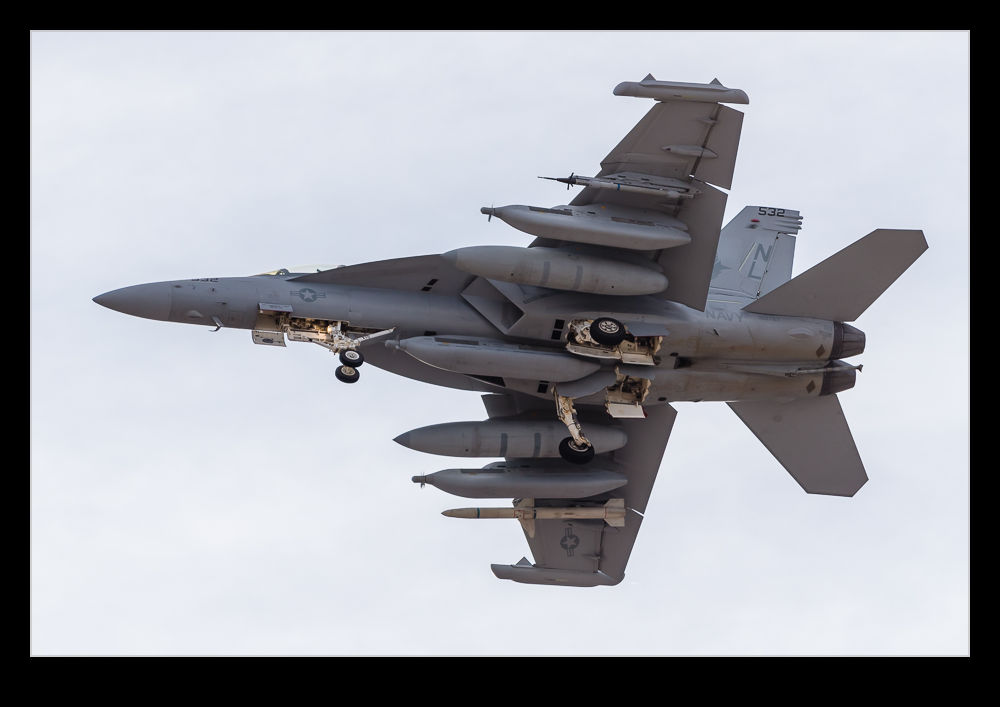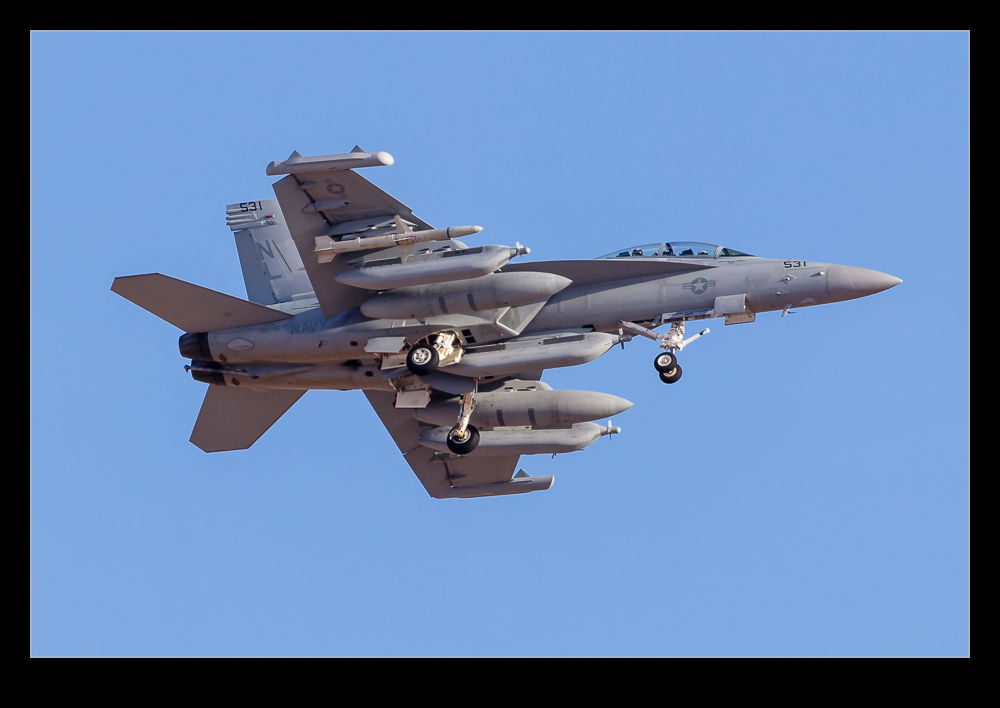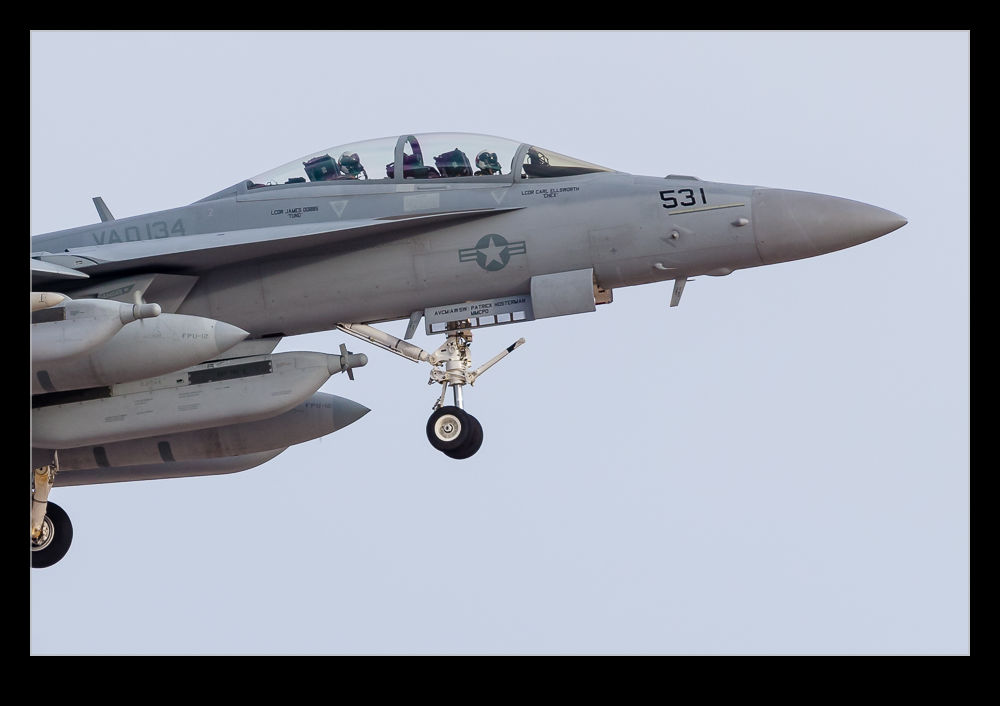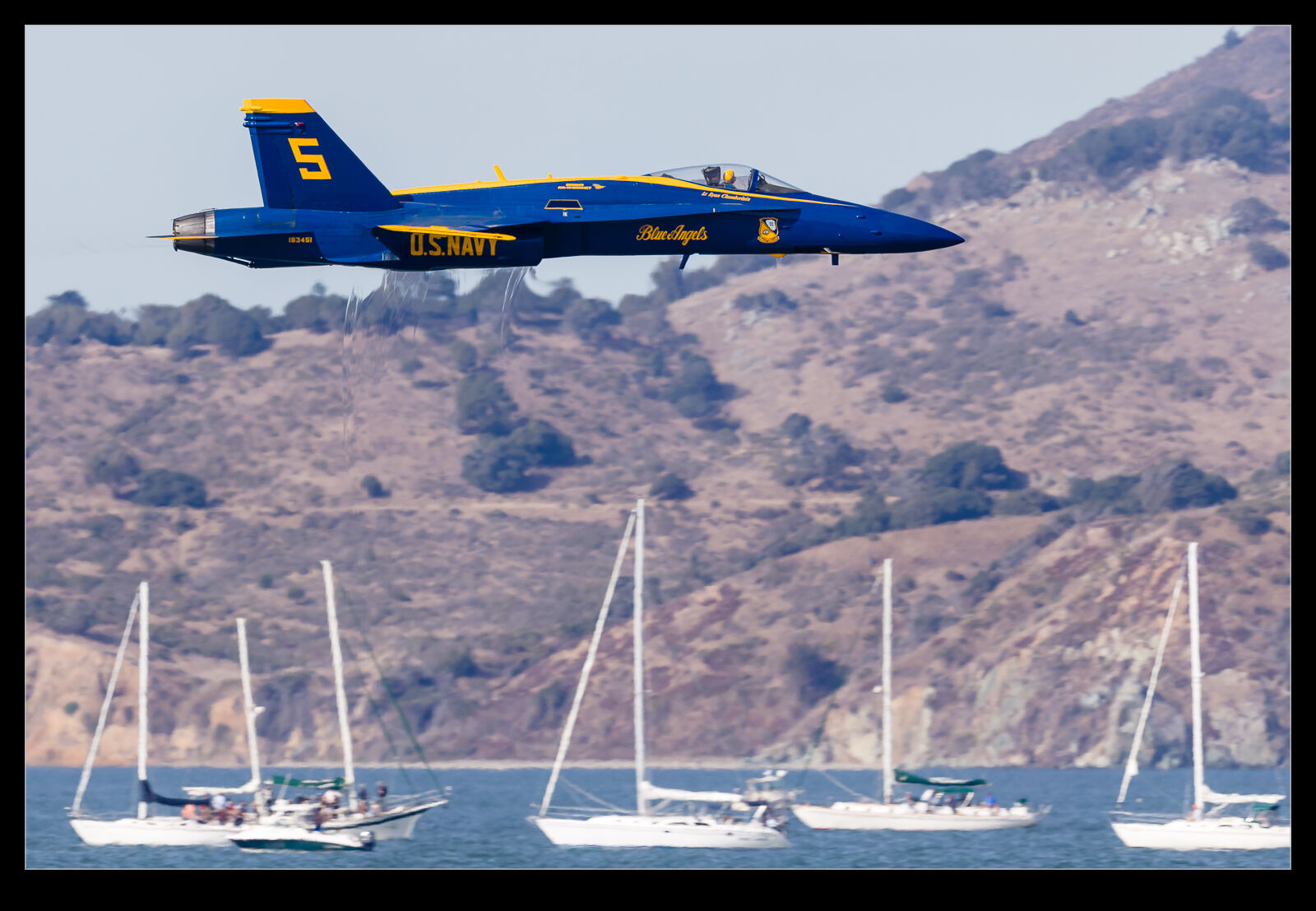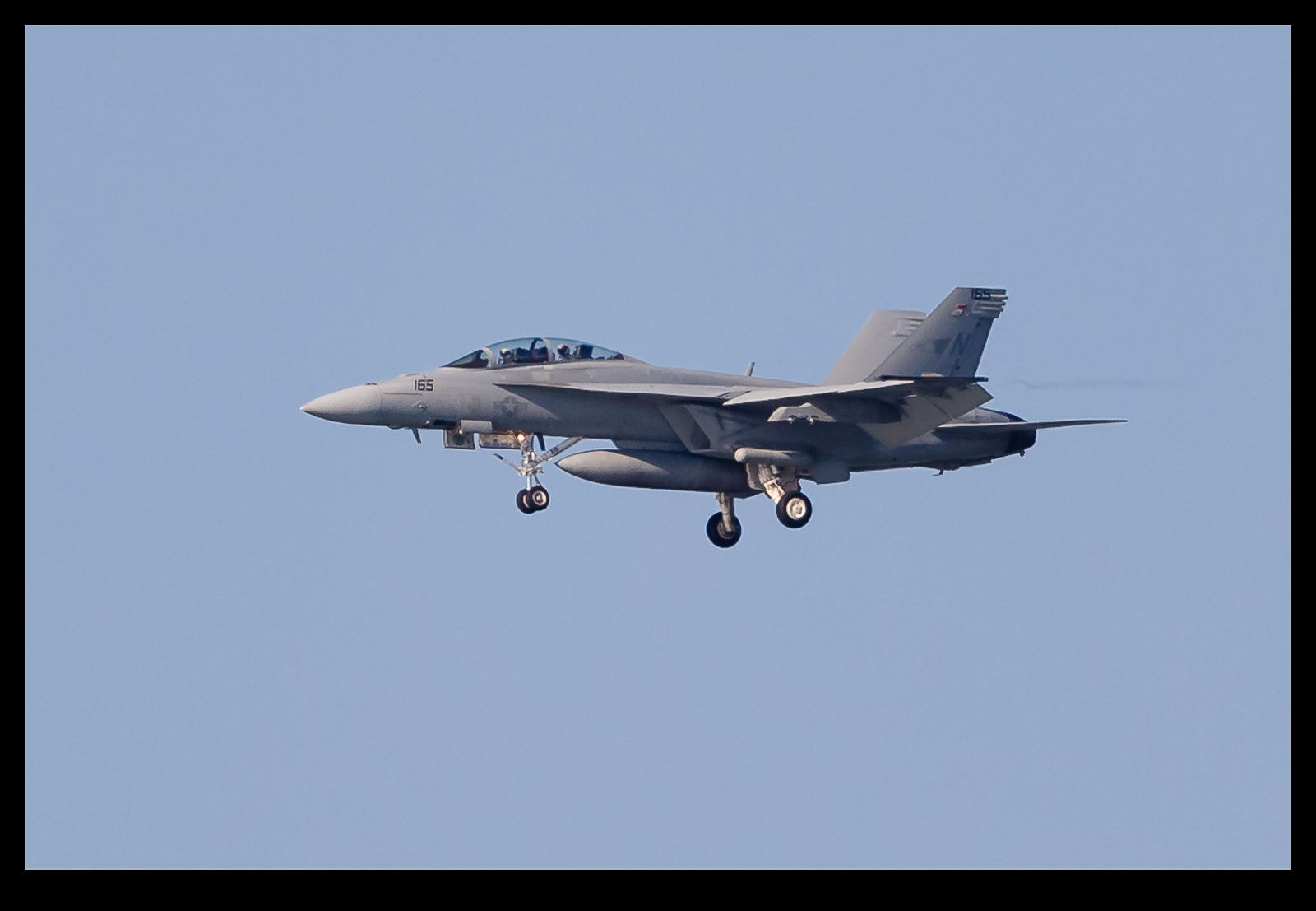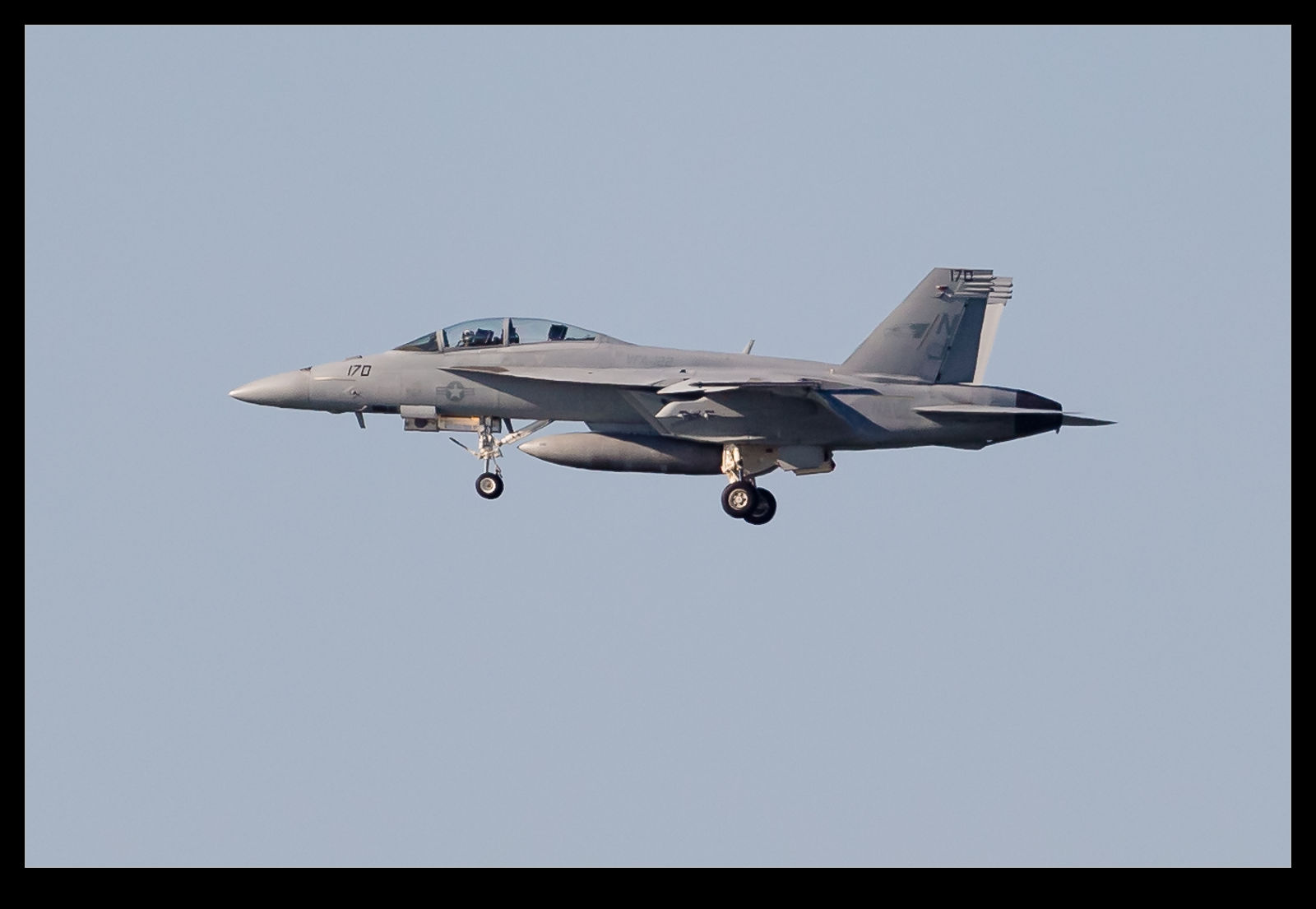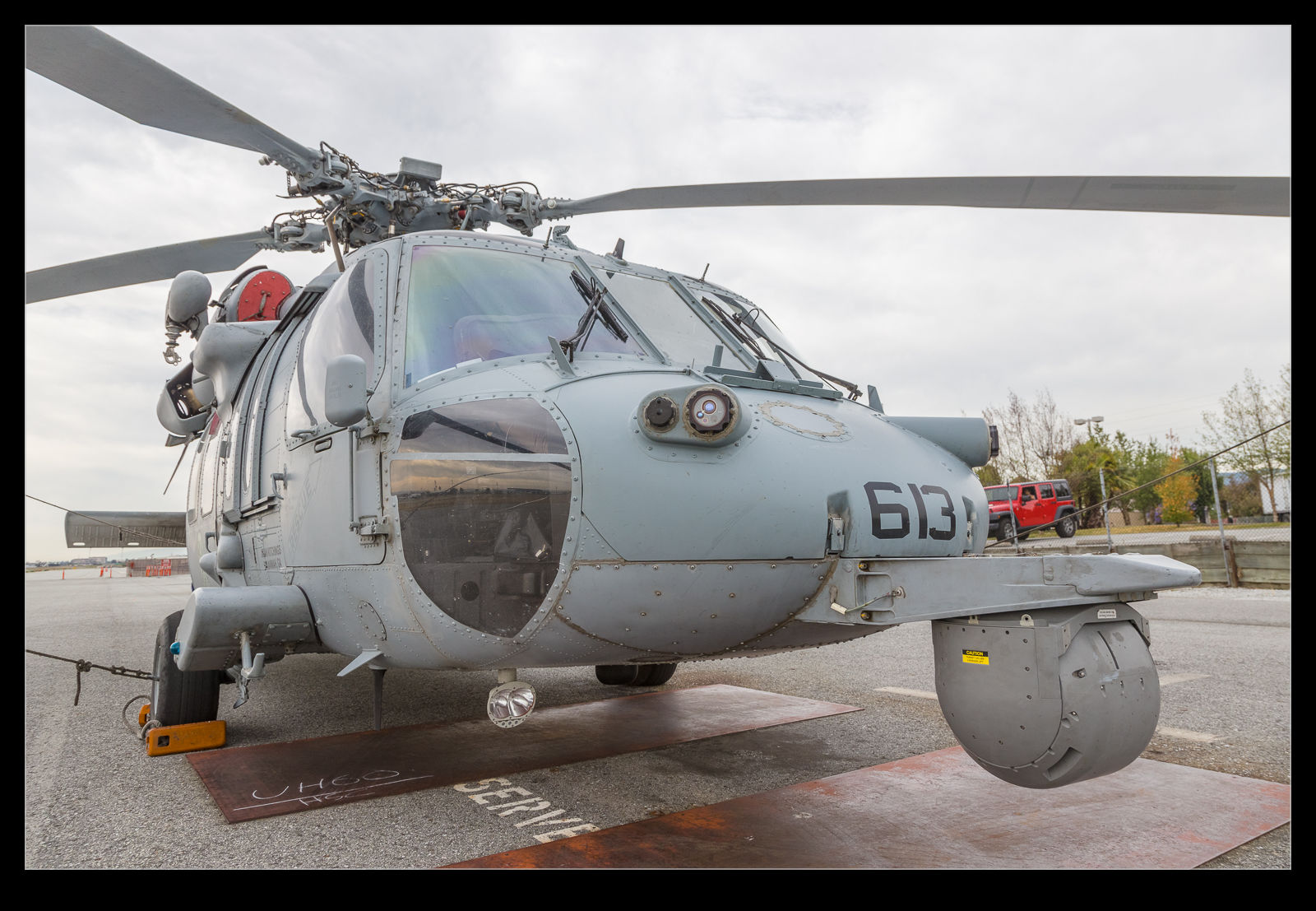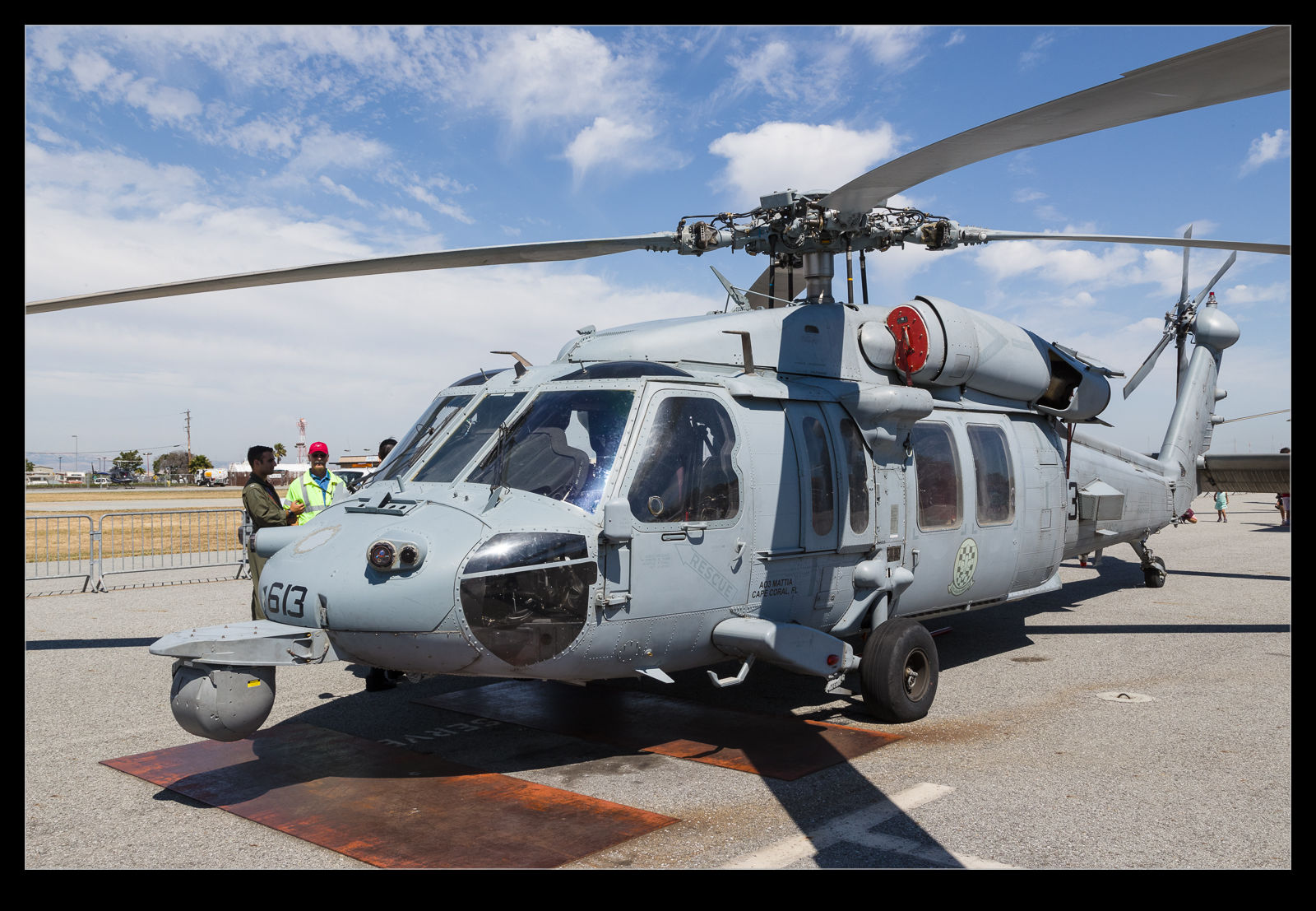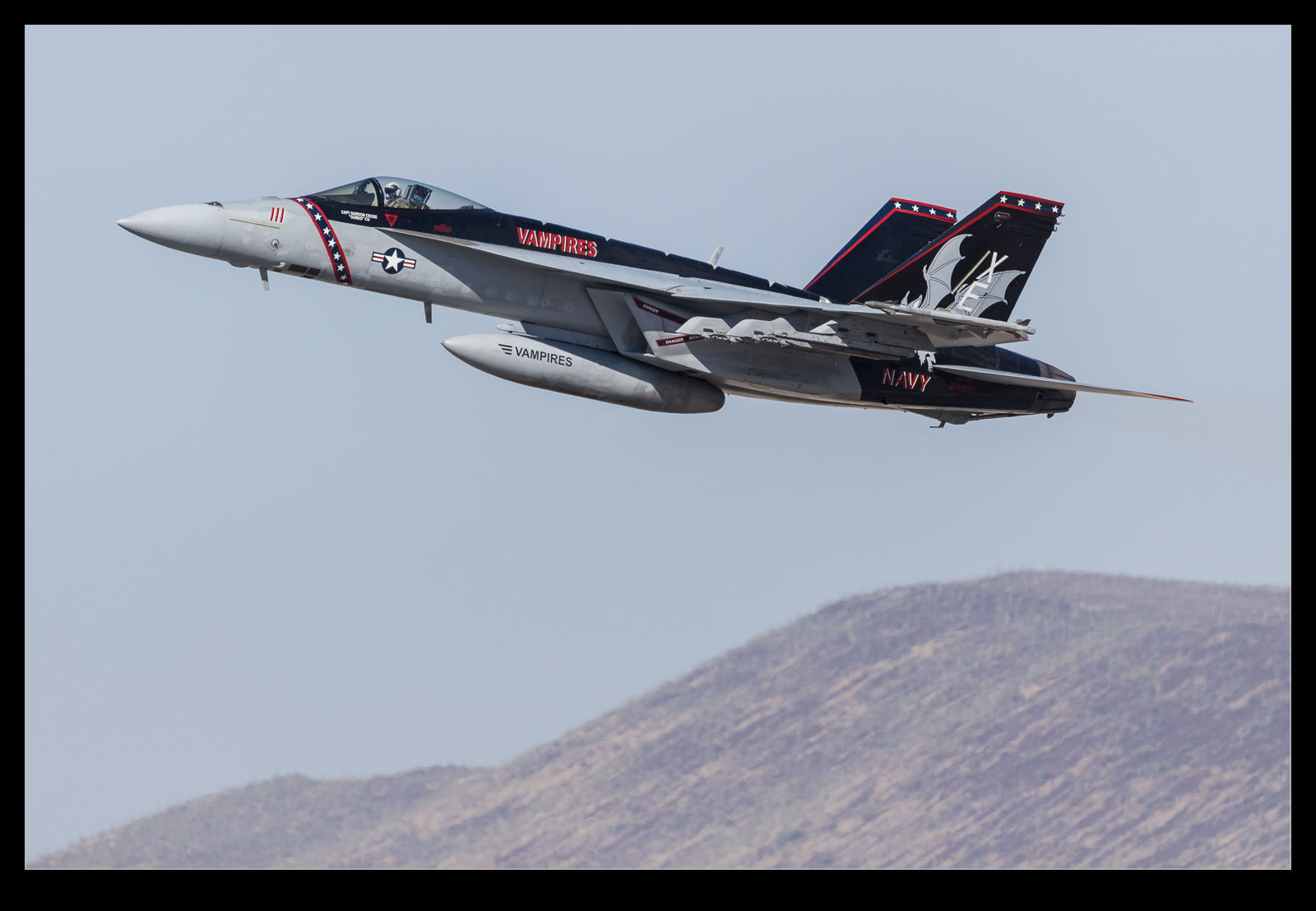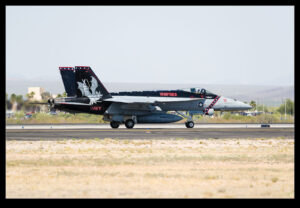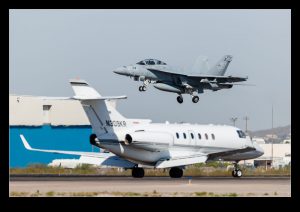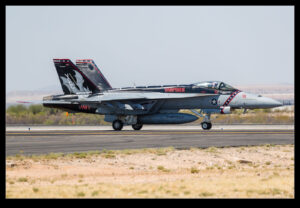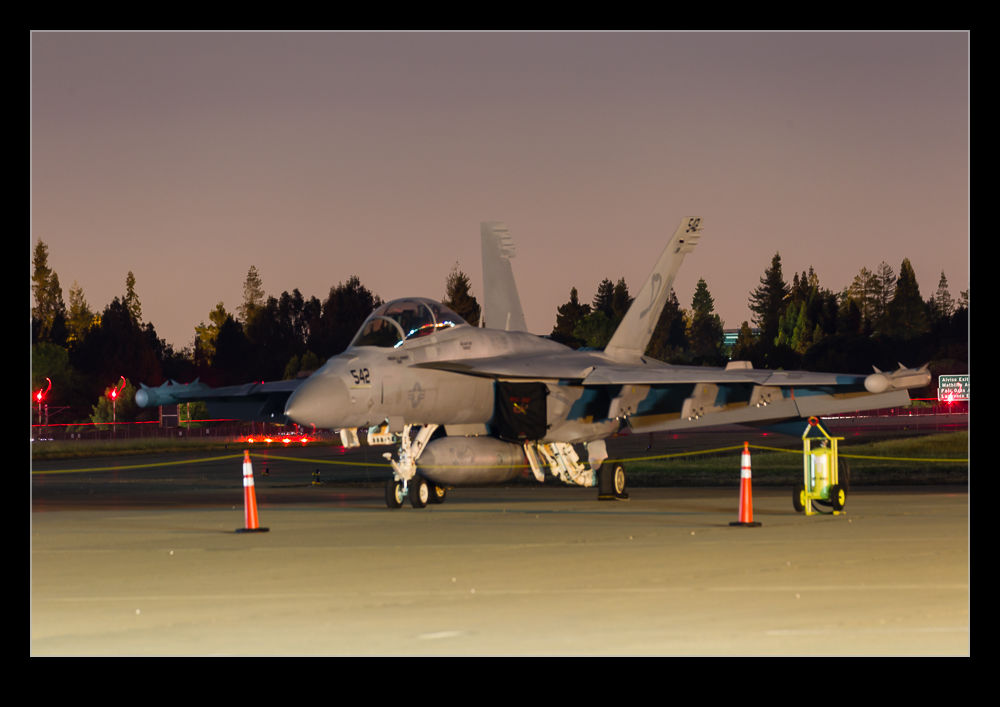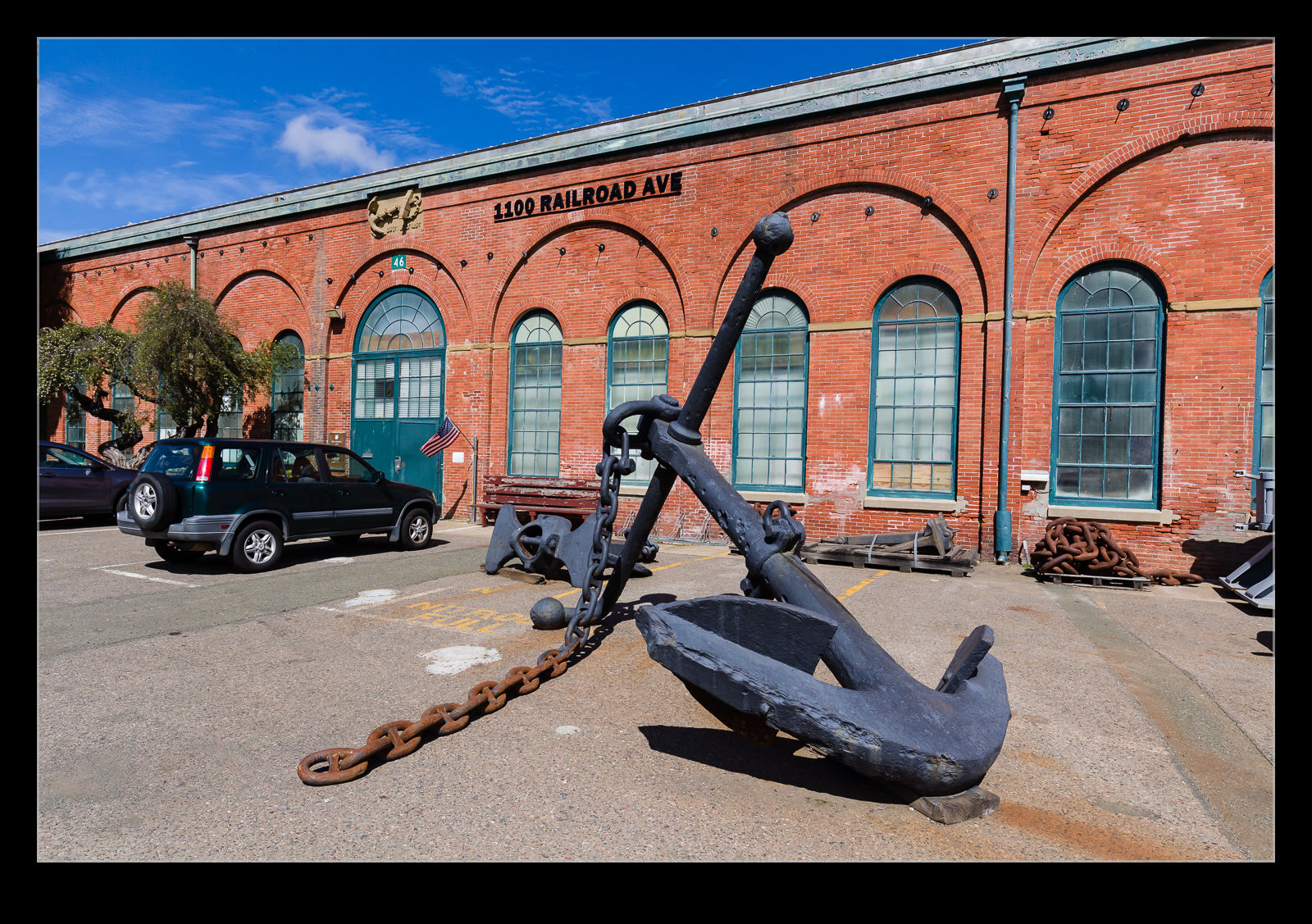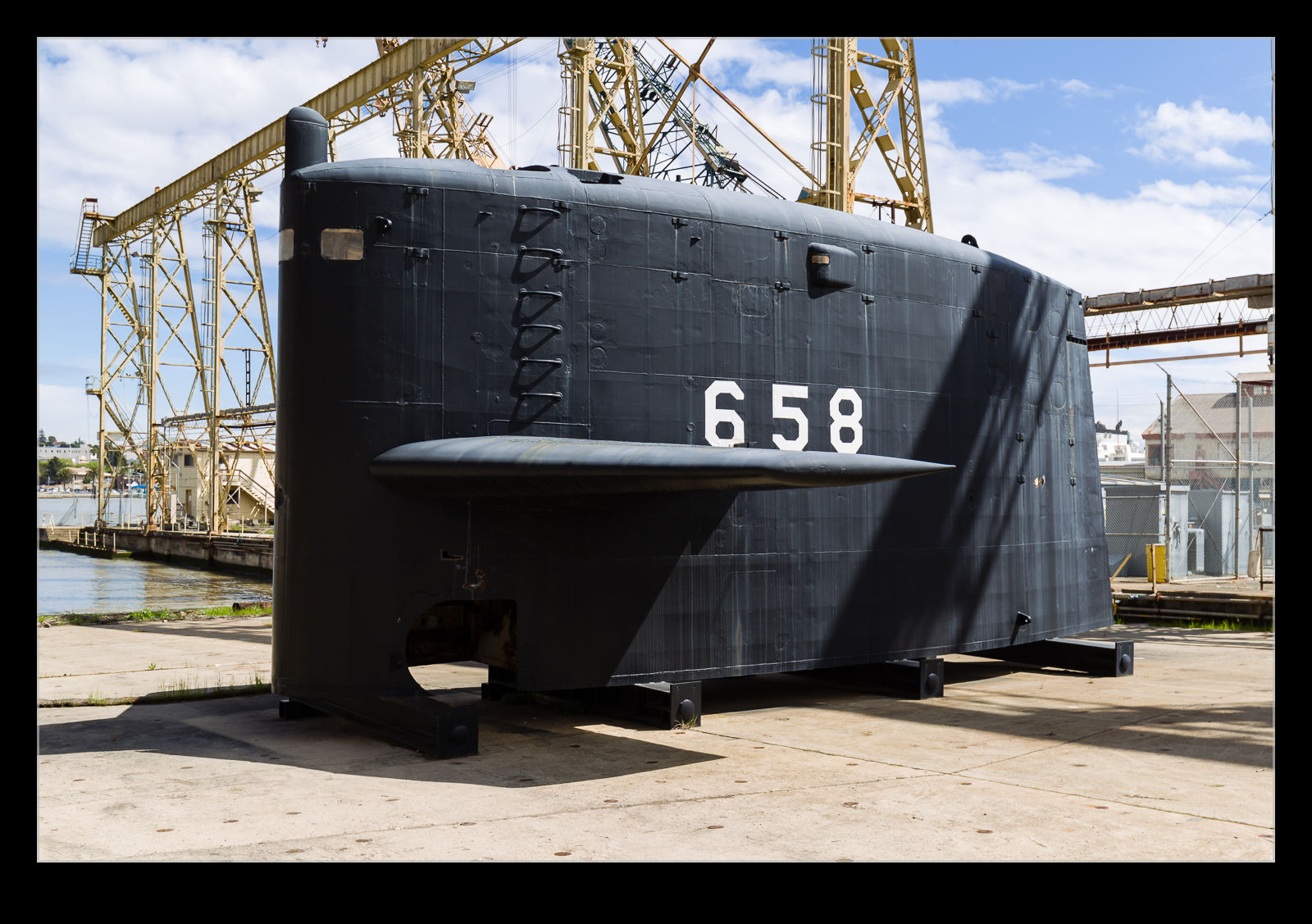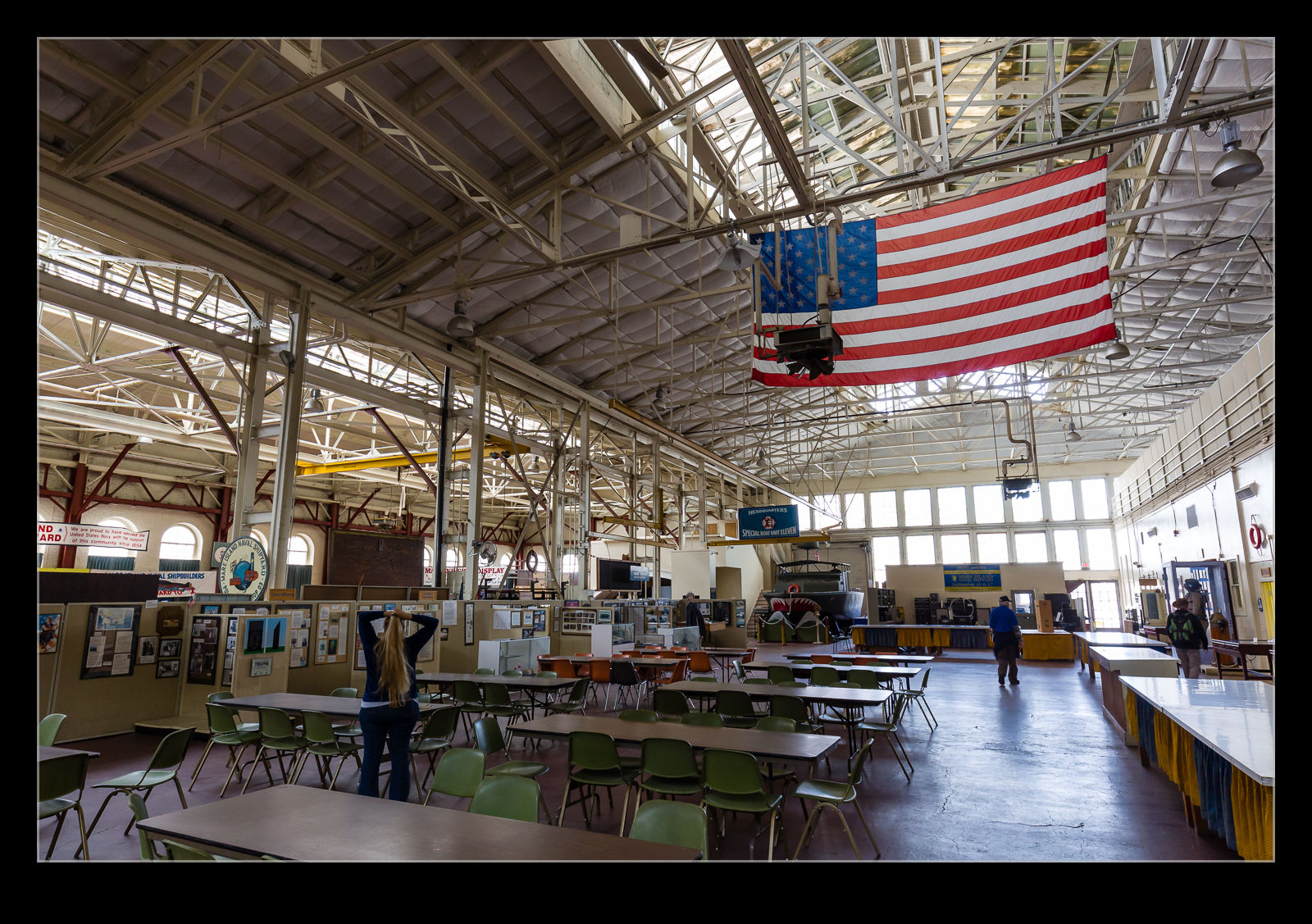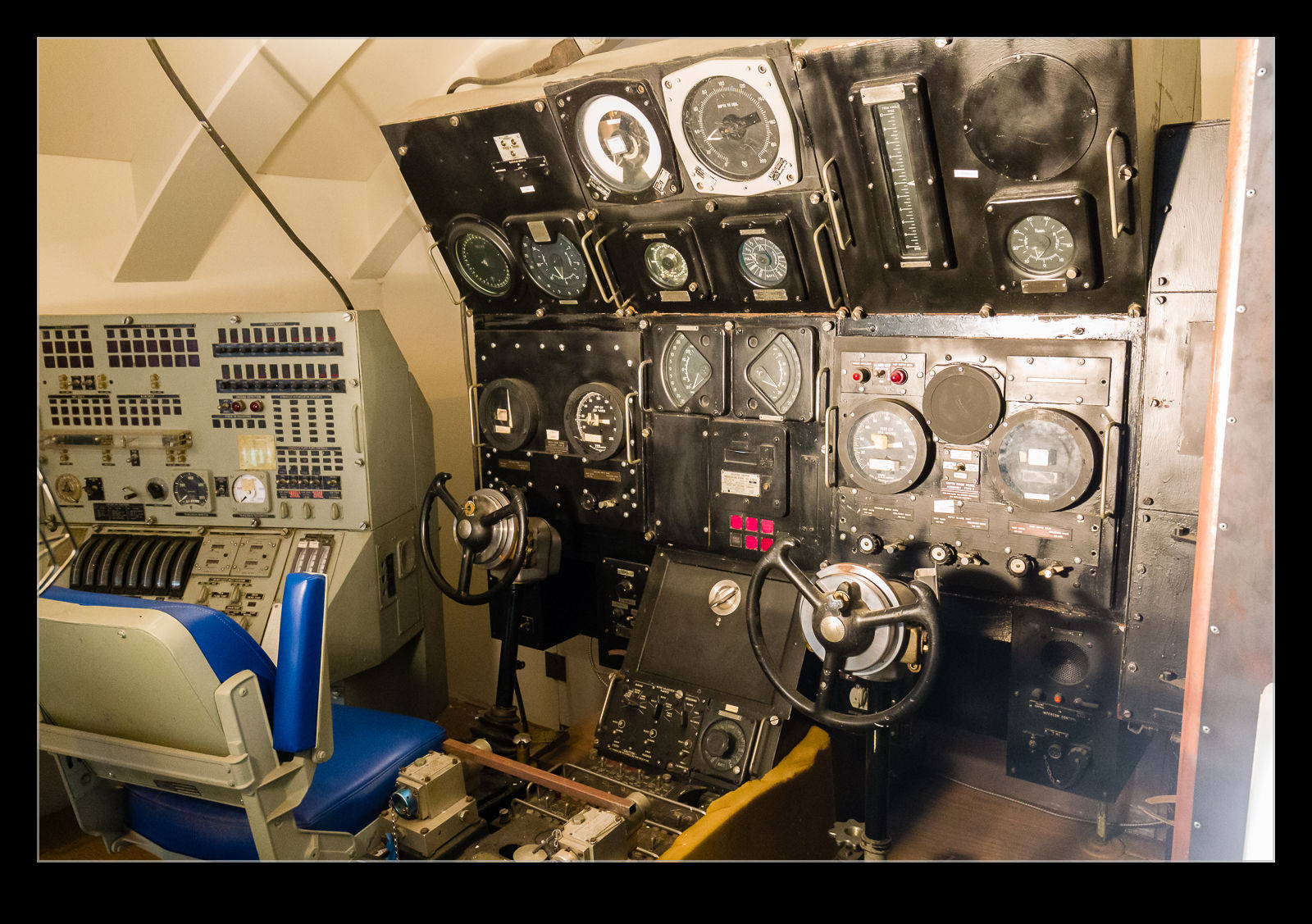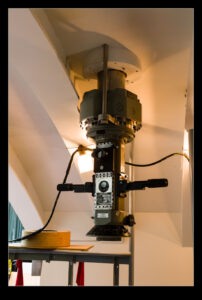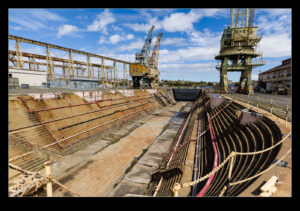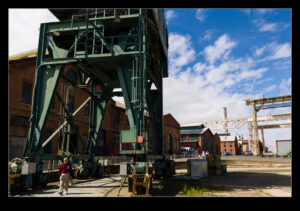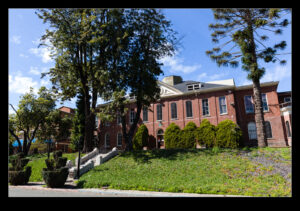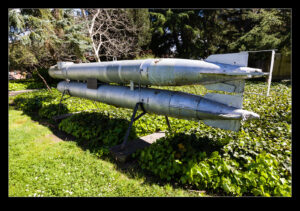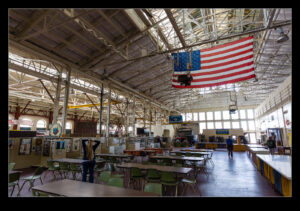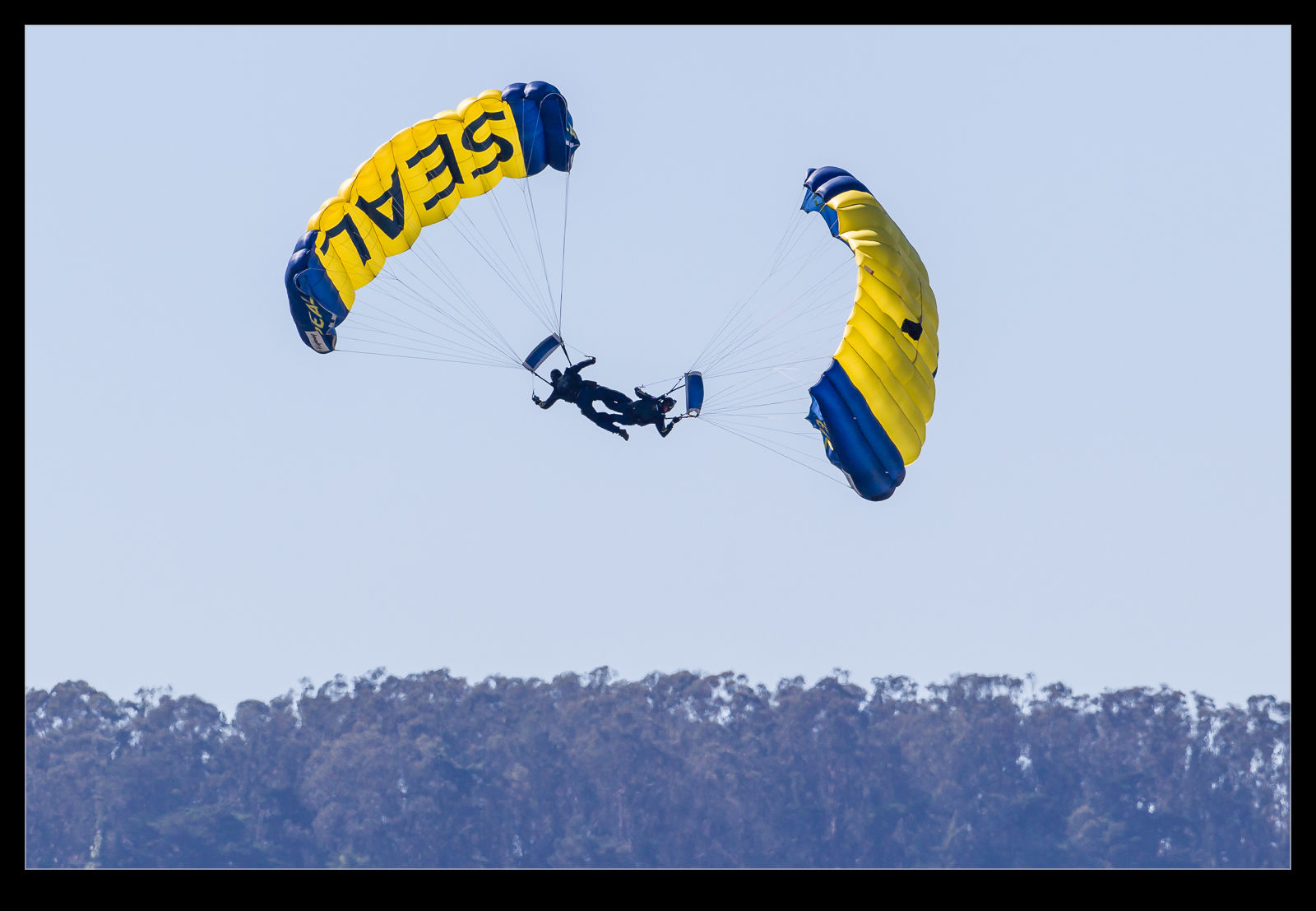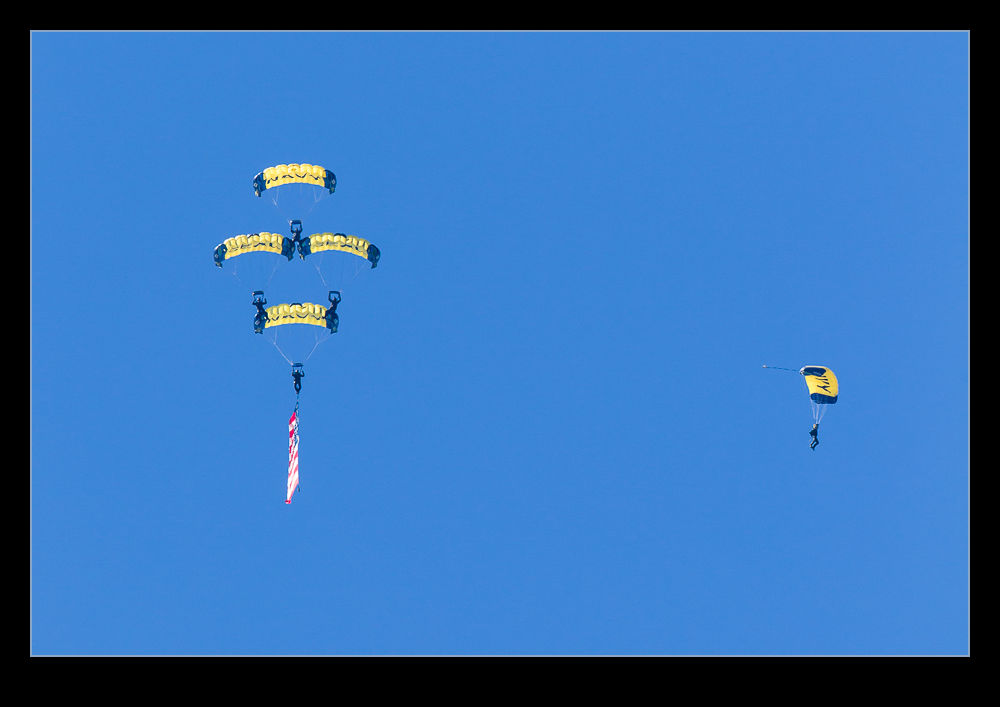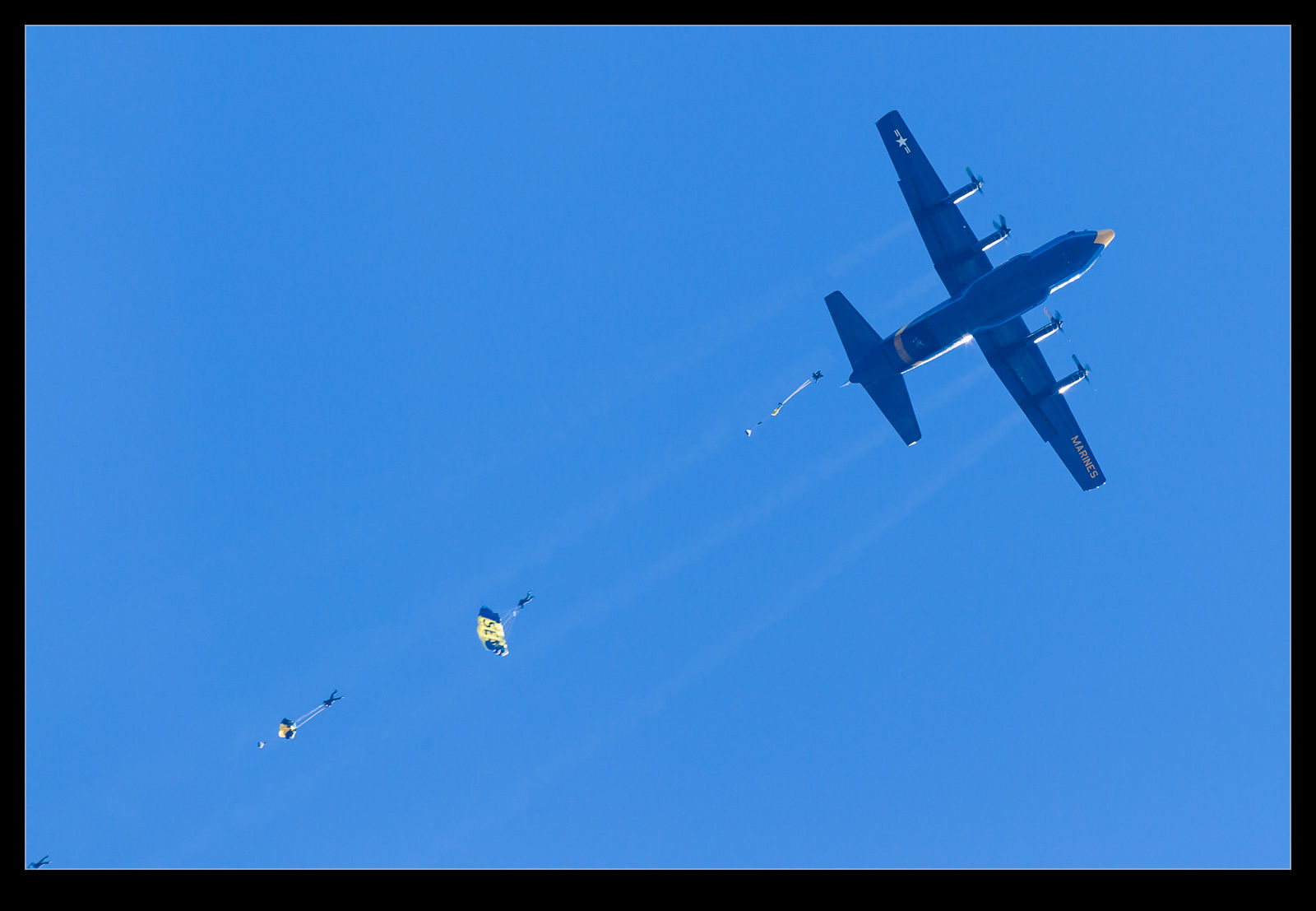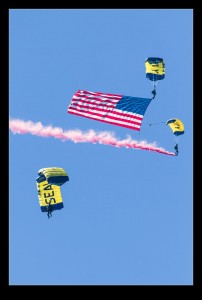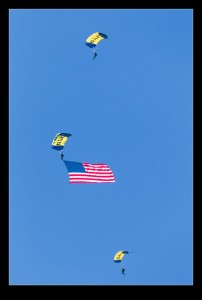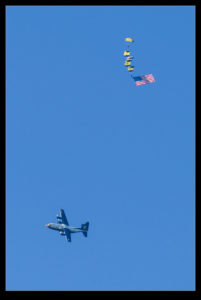 I have shot at quite a few Red Flags both on and off base. On base of get such good access that you don’t see anything to make you think that the participants are camera shy. However, off base I have become rather suspicious of the Growler community. When you see something strange once, you figure it must be an oddity but, when you see something repeat, you start to think there is a pattern. When you tell your friend that something happens and then they do it again for both of you, you really think something is going on.
I have shot at quite a few Red Flags both on and off base. On base of get such good access that you don’t see anything to make you think that the participants are camera shy. However, off base I have become rather suspicious of the Growler community. When you see something strange once, you figure it must be an oddity but, when you see something repeat, you start to think there is a pattern. When you tell your friend that something happens and then they do it again for both of you, you really think something is going on.
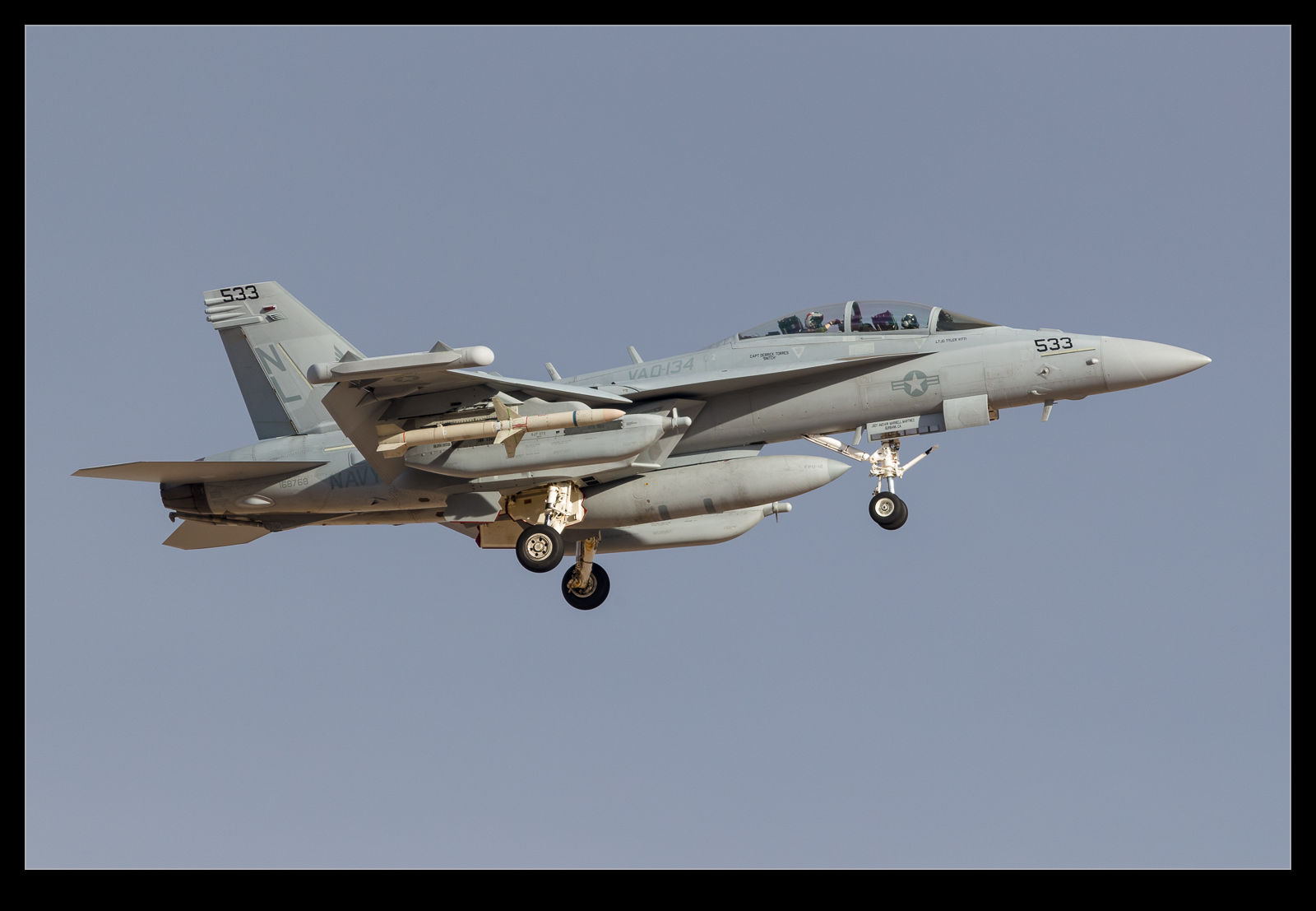 The E/A-18G Growlers fly in a way that makes me think they are trying to be difficult for photographers. (Either that or they think they are doing something to help but are actually making it worse!). During arrivals the Growlers often go left but, when they go right, they either fly incredibly tight patterns or they go so long as to make all shots rather dull. However, it is on departure that I have got most suspicious. When they come off the left runway heading towards us, they seem to sidestep to the left and then straighten up after a while. This puts them almost directly overhead the awaiting photographers. You get an underside shot but nothing more. Not a great shot but you start wondering what you are missing from the profile or above that might be more interesting. I am probably paranoid but I do see a pattern developing.
The E/A-18G Growlers fly in a way that makes me think they are trying to be difficult for photographers. (Either that or they think they are doing something to help but are actually making it worse!). During arrivals the Growlers often go left but, when they go right, they either fly incredibly tight patterns or they go so long as to make all shots rather dull. However, it is on departure that I have got most suspicious. When they come off the left runway heading towards us, they seem to sidestep to the left and then straighten up after a while. This puts them almost directly overhead the awaiting photographers. You get an underside shot but nothing more. Not a great shot but you start wondering what you are missing from the profile or above that might be more interesting. I am probably paranoid but I do see a pattern developing.

